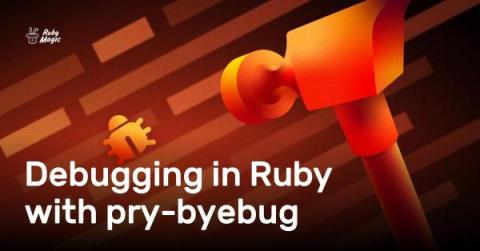Using Dependency Injection in Elixir
While controversial in functional programming, dependency injection can be a useful pattern in Elixir for managing dependencies and improving testability. In this, the first part of a two-part series, we will cover the basic concepts, core principles, and types of dependency injection. We'll explore its benefits in terms of modularity, testability, and maintainability. Then, we will look into a specific scenario where dependency injection can be beneficial, in this case, testing.











